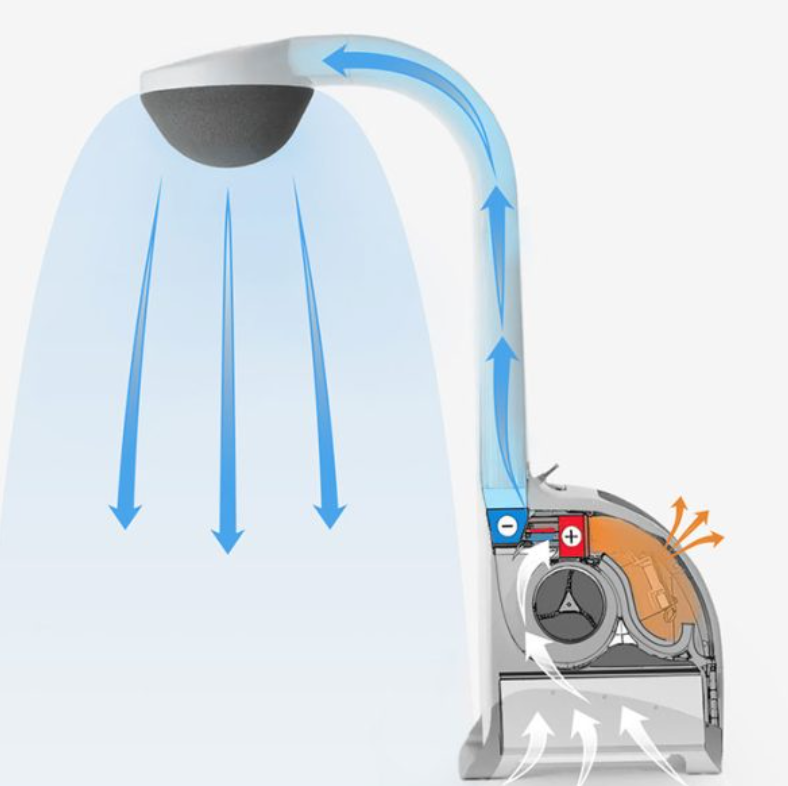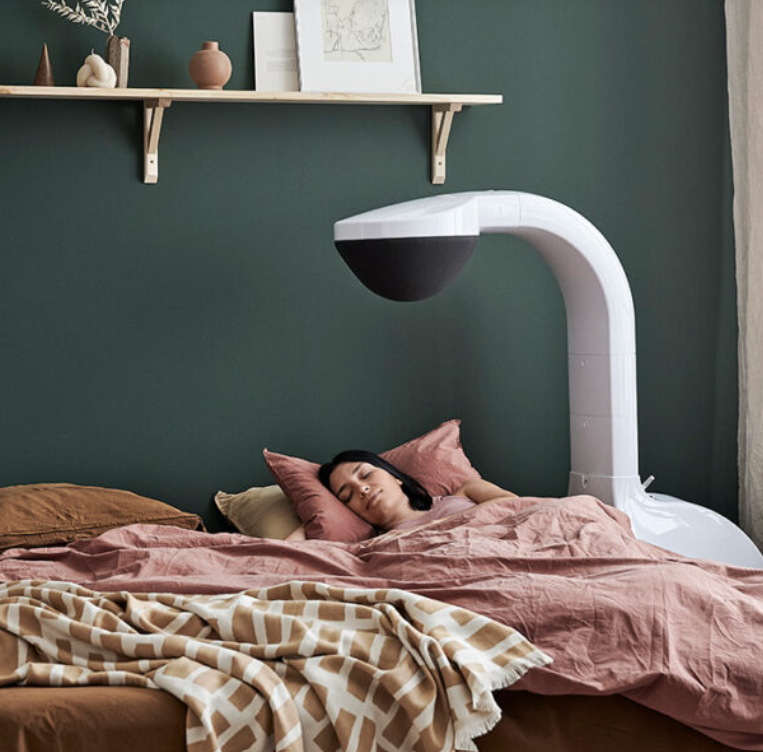Truly Natural Air Purifiers
Truly Natural Air Purifiers
As homeowners realize the extent of air pollution inside the home, they value making or buying air purifiers all the more. Many purifiers require expensive manufactured filters to be purchased and changed out on a regular basis. They can certainly do the job but our ears always perk up when something using natural materials comes along! It’s fun to research how outdoor air is purified by plants and microbes and natural materials. Here are some of these “new” products that use ancient natural processes.
FIrst, we’ll talk about ones you can actually buy.
Unless you live with open windows next to a pond with a lot of green stuff on the top, you’d never experience the benefits of using algae as an air purifier. Or, you could buy an Algae Air Purifier, which cultivates the algae in a low-maintenance tube anywhere in your home. Algae naturally feed on pollutant particles and gasses like CO2, CO, NO2, VOC`s, PM 10 and 2.5 and transform them into oxygen, turning a problem into a solution. Their ability to absorb and remove the carbon dioxide in the air is 10 times higher than large trees as their whole bodies are photosynthetic. (Can Algae Purify Air?) AlgenAir looks like a cool modern lava lamp, which has a light, bubbles and soothing white noise. Algae does have a life cycle of 4-8 weeks, which at the end does not have to be dumped out on the ground. Since it’s a natural fertilizer, the algae can be poured onto your other houseplants to be used as food. The Aerium 3.0 comes with the container, one spirulina starter kit and sterile hydrophobic filter. The subscription plan will reship spirulina every 30, 45 or 60 days for $24.75 for each refill.
We wrote about the power of moss to purify air previously, but Briiv is a new product that brings it indoors. It’s a compact filter about the size of a hot water kettle, that looks like a little terrarium on your counter. How could this green filter possibly last for a whole year? Yet, it does. The company claims that it’s as powerful at 3,043 medium-size houseplants, and on its maximum fan setting it delivers 53 cubic feet per minute of purified air. This equates to a CADR of 90 cubic meters per hour. Reviewers felt more refreshed after sleeping with the Briiv running in their closed bedroom, and enjoyed the fresh outdoor scent. Since reindeer moss grows at high latitudes and altitudes, it is certainly an uncommon houseplant! The price of $356 sets you up with one filter which lasts one year, and multiple filters are needed for larger spaces/more rooms. The replacement filters (moss, coconut and nano matrix) are $38 for one set. It’s a luxury filter that imparts the scent and look of the outdoors anywhere you place it.
“Biofiltration” could describe the way the algae and moss clean the air, and in a new adaptation, is also the method of passing air through a thin film containing immobilized bacteria and fungi. Researchers in Chile focused on reducing volatile organic compounds (VOCs) from building materials and paint, and polycyclic aromatic hydrocarbons (PAHs) from wood-burning. Current air purifiers typically use activated charcoal to adsorb these pollutants, but the capacity of the charcoal will get “used up” and require disposal at some point. Instead, they found that by using the fungus Fusarium solani and the bacterium Rhodococcus erythropolis, the pollutants could be completely degraded, and the “filter” did not degrade in performance even after eight months of continuous use. Furthermore, other microbes were captured from the air, demonstrating the potential of the prototype for retaining airborne bacteria and fungi. (Fresh research for fresh air: Harnessing microbes for removing indoor pollutants)
It is a bit costly to use these “natural” filters in your home; we’re hoping the last one using bacteria and fungi retails for less when it’s finally commercialized! However, by harnessing the power of 25-3000 houseplants in 1 filter, they are definitely easier than maintaining a forest of indoor plants. I like the idea of smelling fresh outdoor scents, so I think the Briiv would be my choice. The compostable filter elements in each device are particularly attractive, and on a replacement-filter basis really are not so expensive after all when compared to many air purifiers which cannot remove VOCs or CO2. Bravo for the natural versions, we definitely want to see more of these!
Photo by Kent Pilcher on Unsplash



